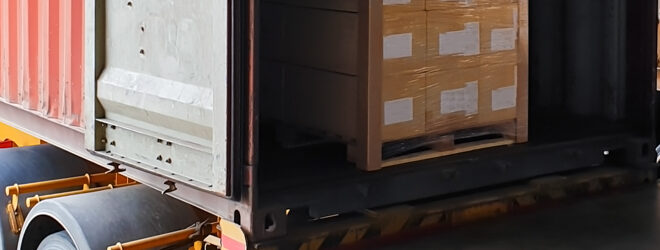Some valuables are best stored under lock and key – and the most secure spaces of all will be found inside a safe or vault.
As similar as the spaces appear, they are each designed to meet specific needs.
Businesses that are looking to protect cash or other valuables will likely require a burglary-resistant safe, with walls and doors made of steel or metal alloys. And ratings by Underwriter Laboratories (UL) will offer plenty of information about the types of attacks that can be foiled.
A TL indicates the safe is Tool Resistant, while the TR means it is Torch Resistant, and the TX shows it is Explosive Resistant. The first number in the code defines the time it would take to force open the door or create a six-square-inch opening through the front of the safe. Models which also include an X6 designation carry that same level of protection on all six sides.
As an example, a TL-30X6 safe would resist a predefined list of tools for 30 minutes, on all six sides.
The combination locks which hold the doors can also be rated. A Group 2 lock should withstand “semiskilled” manipulations for about 20 minutes, while a Group 2M lock will withstand manipulations for up to two hours. A Group 1 lock will resist burglars for 20 hours, while its Group 1R counterpart will even withstand 20 hours of radiological attacks, which are a factor when thieves try to use X-rays to study locking mechanisms.
Each rated lock also needs to include more than 1 million potential combinations.
Another option is to consider burglary-resistant vaults. With these self-contained spaces, the level of protection can be influenced by the materials used to make the walls and door, and the design of the locking mechanism itself. The enclosures are rated with four UL classes. A Class M vault will resist an attack for 15 minutes, while its Class 1 counterpart will hold fast 30 minutes, and the Class 2 will stand for 60 minutes. The Class 3 designs will stand firm for two hours.
Of course, external threats are not limited to burglars. Fire Resistive Safes will help to protect valuables from burning. Just keep in mind that they are not designed to deter thefts. They are typically selected based on the goods they will protect from flames.
A Class 350 design, which indicates it would maintain internal temperatures of 350 Fahrenheit, can protect paper. Storage media such as CDs will require a Class 125 version that keeps temperatures below 125 F. Time also becomes a factor in the choices. A Class 350 1-Hour safe will keep internal temperatures below 350 F for an hour when the safe is exposed to external temperatures above 1700 F.
The preferred rating will largely be dictated by how quickly fire departments can respond to a call for help.
They are the considerations that should help any business feel safer.




